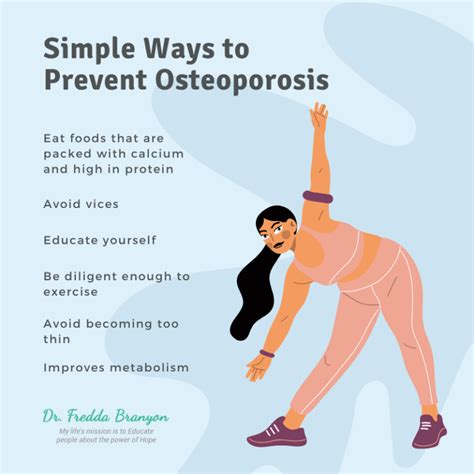How to Prevent Osteoporosis: A Comprehensive Guide
Osteoporosis, a disease characterized by weakened bones, is a significant health concern, particularly for older adults. While it can't always be prevented entirely, proactive steps can significantly reduce your risk and maintain bone density throughout your life. This comprehensive guide outlines key strategies to bolster your bone health and prevent osteoporosis.
Understanding Osteoporosis Risk Factors
Before diving into prevention, it's crucial to understand what increases your risk. Knowing your risk profile allows you to tailor your preventative measures effectively. Key risk factors include:
- Age: Bone density naturally declines with age, making older adults more susceptible.
- Gender: Women, especially post-menopausal women, are at a higher risk due to hormonal changes.
- Family History: A family history of osteoporosis significantly increases your risk.
- Ethnicity: Caucasian and Asian women are at a greater risk than women of other ethnicities.
- Body Type: Small and thin individuals often have lower bone density.
- Lifestyle Factors: Smoking, excessive alcohol consumption, and a sedentary lifestyle all contribute to weakened bones.
- Medical Conditions: Certain medical conditions, such as rheumatoid arthritis, hyperthyroidism, and celiac disease, can increase the risk.
- Medications: Some medications, like corticosteroids, can negatively impact bone density.
Proven Strategies to Prevent Osteoporosis
Prevention is key, and a multi-faceted approach offers the best protection. Here's a breakdown of effective strategies:
1. Nutrition for Strong Bones
Strong bones require adequate calcium and vitamin D. Include these in your diet through:
- Dairy Products: Milk, yogurt, and cheese are excellent calcium sources.
- Leafy Green Vegetables: Kale, spinach, and collard greens are good sources of calcium and vitamin K.
- Fortified Foods: Many plant-based milks and cereals are fortified with calcium and vitamin D.
- Fatty Fish: Salmon, tuna, and mackerel are rich in vitamin D.
- Egg Yolks: A good source of vitamin D.
Consider Supplements: If you're not getting enough calcium and vitamin D from your diet, talk to your doctor about supplementation.
2. Regular Weight-Bearing Exercise
Weight-bearing exercises are crucial for building and maintaining bone density. These exercises put stress on your bones, stimulating them to become stronger. Examples include:
- Walking: A simple yet highly effective exercise.
- Running: Provides a greater impact than walking.
- Hiking: Combines cardiovascular exercise with weight-bearing benefits.
- Dancing: A fun way to incorporate weight-bearing activity.
- Weight Training: Strength training directly targets bone strengthening.
3. Lifestyle Modifications
Several lifestyle changes can significantly reduce your risk:
- Quit Smoking: Smoking accelerates bone loss.
- Limit Alcohol Consumption: Excessive alcohol intake weakens bones.
- Maintain a Healthy Weight: Obesity can increase stress on bones, but being underweight also negatively impacts bone density.
- Fall Prevention: Falls are a major cause of osteoporosis-related fractures. Maintain a safe home environment and consider balance exercises.
4. Regular Bone Density Checks
Bone density testing (DEXA scan) helps monitor your bone health. Your doctor can recommend the appropriate frequency of testing based on your risk factors. Early detection allows for timely intervention.
5. Consult Your Doctor
Regular check-ups with your doctor are essential. Discuss your risk factors and explore personalized preventative strategies. They can also advise on appropriate supplements and monitor your bone health over time.
Conclusion: Taking Charge of Your Bone Health
Preventing osteoporosis requires a proactive and holistic approach. By incorporating these strategies into your lifestyle, you can significantly reduce your risk and maintain strong, healthy bones for years to come. Remember, early intervention and consistent effort are key to protecting your bone health throughout your life.
